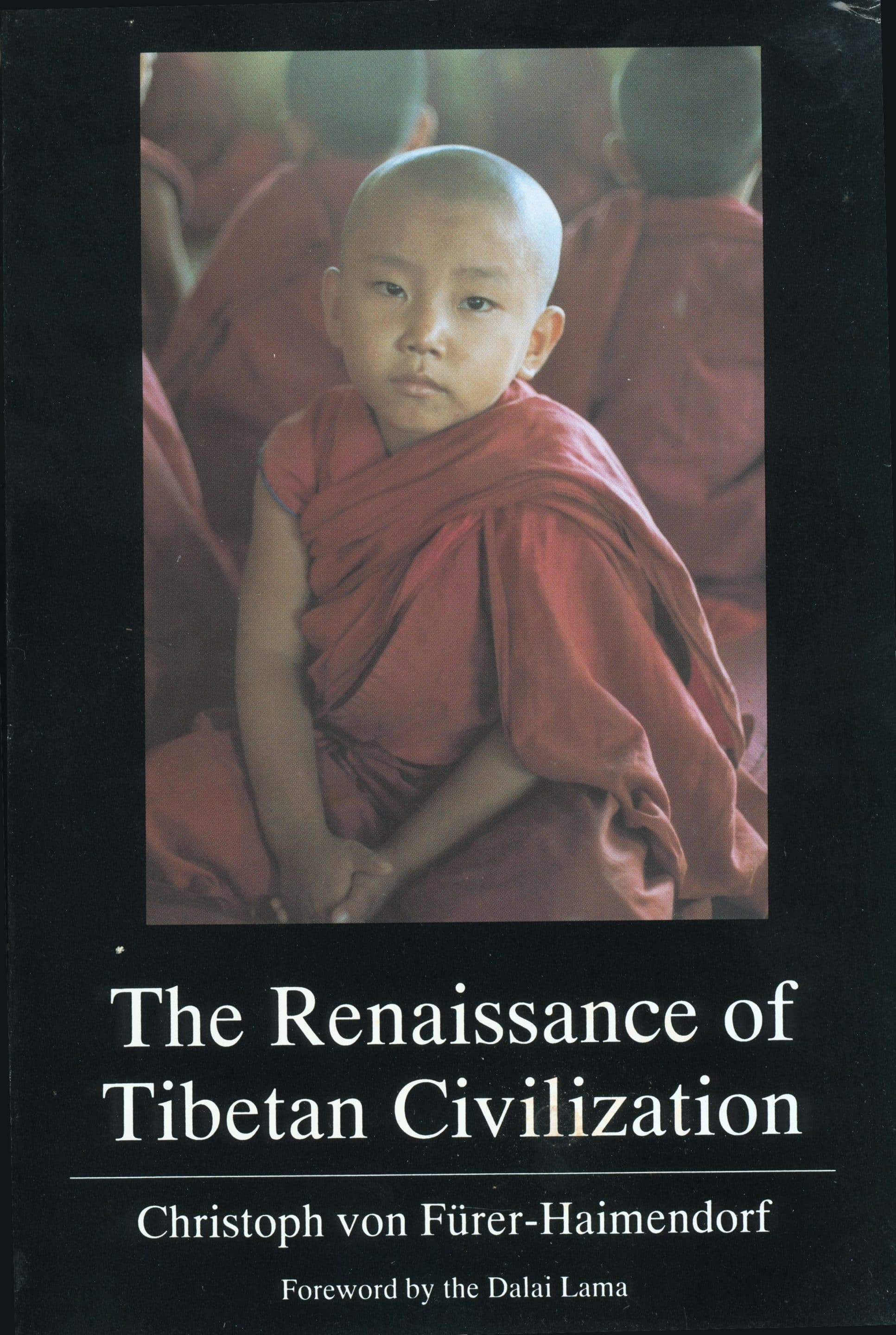Description
The young ruler of Tibet donned the traditional garb of a Tibetan tribesman and fled on horseback to India to escape the Chinese occupation of his homeland. The 14th Dalai Lama arrived in India in the spring of 1959, the first and most illustrious refugee of the waves soon to pour out from the ancient ‘Forbidden Kingdom’.
The Renaissance of Tibetan Civilization is an inspiring story of the power of courage and hope—the story of refugees who arrived destitute at the frontiers of India and Nepal, yet a mere forty years later have managed to rebuild the essential patterns of Tibetan culture in exile as a legacy for the future.
The book documents the struggle for survival and the emerging way of life of individual refugees and families, as well as their construction of religious and artistic traditions. Per Kvaerne appends an essay on the Bön religion which augments the background material necessary for understanding the ingredients of the diaspora. The forced exodus of Tibetan culture is one of the most remarkable stories of our time: how an enclosed and highly conservative community assumed global significance, in the realm of politics as well as in the realm of culture. The tragedy of Tibet has enriched the world by giving it access to the high intellectual and artistic values which gave Tibetans their sense of meaning.


Reviews
There are no reviews yet.